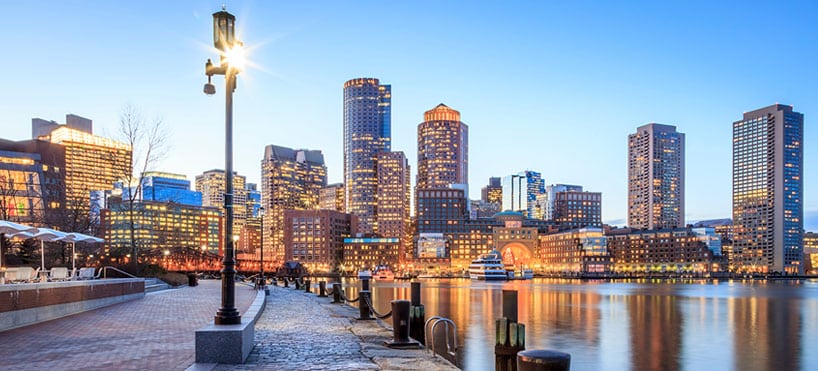Climate change is one of the biggest challenges facing humanity today. It is caused by the accumulation of greenhouse gases (GHGs) in the atmosphere, which trap heat and warm up the planet. One of the main sources of GHGs is the burning of fossil fuels for energy, transportation, and industry.
One way to reduce GHG emissions is to use renewable energy sources, such as solar, wind and hydro power. However, these sources are not always available or affordable for everyone. Another way to fight climate change is to increase the reflectivity of surfaces, such as roofs and pavements, in urban areas. This can lower the temperature of the air and the buildings and reduce the need for cooling and heating.
What are light reflecting roofs and footpaths?
Light reflecting roofs and footpaths are surfaces that have a high albedo, which means they reflect a large proportion of the sunlight that falls on them. For example, white roofs and pavements can reflect up to 80% of the sunlight, while dark roofs and pavements can absorb up to 90% of it1.
When sunlight is absorbed by a surface, it is converted into heat, which raises the temperature of the surface and the surrounding air. This creates a phenomenon called the urban heat island effect, which makes cities warmer than rural areas. The urban heat island effect can increase the demand for air conditioning, which consumes more energy and emits more GHGs.
When sunlight is reflected by a surface, it passes back through the atmosphere into space, without heating up the surface or the air. This can lower the temperature of the urban environment and reduce the urban heat island effect. It can also save energy and money by decreasing the need for cooling and heating.
What are the benefits of light reflecting roofs and footpaths?
According to a study by researchers in Canada1, replacing roofs and pavements with more reflective versions could lower global temperatures by up to 0.07 °C, equivalent to a reduction in carbon-dioxide emissions of about 150 billion tonnes. That is equivalent to taking about 32 billion cars off the road for a year2.
Another study by researchers in Australia2 found that increasing the albedo of pavements by 0.1 could reduce air temperatures by up to 0.4 °C in urban areas. This could also reduce GHG emissions from buildings by up to 1.5%2.
Light reflecting roofs and footpaths can also have other benefits, such as:
- Improving human health and comfort by reducing heat stress and air pollution
- Enhancing urban aesthetics and biodiversity by creating cooler and greener spaces
- Increasing solar power generation by reflecting more light onto solar panels
How can we implement light reflecting roofs and footpaths?
There are different ways to increase the albedo of roofs and pavements, such as:
- Painting them with white or light-coloured materials
- Using reflective coatings or tiles
- Installing green roofs or vegetated surfaces
- Using permeable or porous materials that allow water to evaporate
However, there are also some challenges and limitations to consider, such as:
- The cost and durability of the materials
- The maintenance and cleaning requirements
- The potential glare or brightness issues
- The local climate and weather conditions
- The social acceptance and preferences of the users
Therefore, it is important to evaluate the feasibility and suitability of each option for different locations and situations.
Summary
Light reflecting roofs and footpaths are a simple and effective way to combat climate change by reducing GHG emissions and lowering global temperatures. They can also improve human health, comfort, and well-being, as well as urban aesthetics, biodiversity, and energy efficiency.



